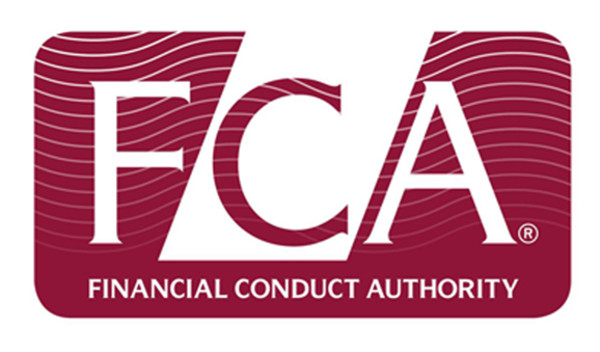On the 25 July 2018, the Financial Conduct Authority (FCA) released a discussion paper that explored the possibility of introducing a basic savings rate (BSR), which would mean all banks and building societies paying a minimum rate to all savers, regardless of how long they have held an account.
This paper followed the regulator’s review of the market – its cash market study – which started in 2013 and concluded in 2015 and was designed to boost competition in the savings market by introducing a range of initiatives.
It was felt at the time that more needed to be done to increase competition the high street providers had too much of an advantage as most of us held our savings with our current account provider.
While some of the initiatives introduced were taken on board by the banks and building societies, it is perhaps fair to say that they were not wholly successful in bringing about significant change in the savings market.
Fundamentally, the study found the cash savings market was not working effectively for many consumers.
Key points
- The FCA has introduced the concept of a basic savings rate for all savers
- This may boost the interest of more longstanding customers
- Providers may have to pay between £150m and £480m more in interest per year
Allied to this is the fact that not enough people were switching their savings accounts and that the vast majority of savings still sat with the big high street banks.
This remains the case today, and while we have seen best-buy rates steadily improving over the past year or so, there are still many accounts that fall way short of the levels we would expect to see.
High street banks are some of the biggest culprits of this, paying rates as low as 0.05 per cent in some cases, and in all instances falling some way short of what can be achieved by switching to a best-buy account. Therefore, this latest proposal seeks to address this particular issue by helping to boost the interest for those savers sitting in older, lower-paying accounts. As the paper points out: the older the account, the lower the rate is likely to be.
Introducing a BSR that must be paid to all savers as a minimum may boost the interest of those currently earning some of the poorest rates, and any initiative that does this should be commended. But how will it work in practice, and will it address the fundamental issues faced by savers in today’s savings market?
How the BSR works











